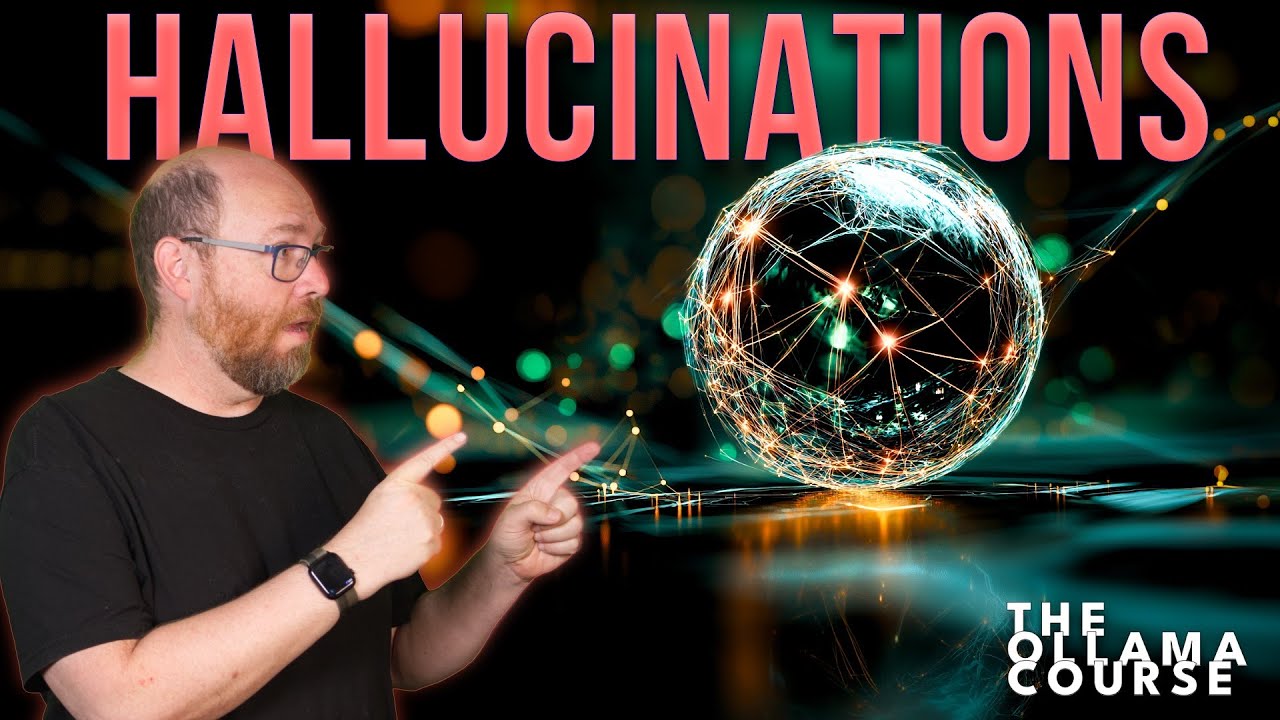The video explores AI hallucinations, where models generate incorrect or fabricated information while sounding confident, highlighting the challenges in addressing this issue due to the quality of training data and the models’ lack of true understanding. Host Matt Williams suggests strategies like asking questions multiple times and using reliable sources to mitigate hallucinations, while acknowledging that improvements in AI have reduced but not eliminated this problem.
The video discusses the phenomenon of AI hallucinations, which occur when AI models generate incorrect or fabricated information while appearing confident in their responses. The host, Matt Williams, aims to explain the causes of these errors and explore potential strategies to mitigate them. He emphasizes that while it may seem straightforward to instruct AI models not to fabricate answers, this approach is often ineffective due to the inherent nature of how these models operate.
Hallucinations are defined as instances where the AI provides answers that are completely wrong, yet sound convincing. Williams shares an example involving a lawyer who presented fictitious legal cases to support a client’s claim, illustrating how misleading information can be presented as fact. He stresses the importance of verifying AI-generated results with reliable sources, as the accuracy of the information can vary based on the model’s training data and the context of the query.
The video highlights two primary reasons for hallucinations: the quality of the training data and the model’s lack of understanding of truth. AI models are trained on vast datasets from the internet, which can include unreliable or bizarre information. Additionally, the term “hallucination” is somewhat misleading, as the model does not possess knowledge in the human sense; it generates responses based on statistical probabilities rather than factual accuracy.
To address hallucinations, Williams suggests a multi-step approach where users can ask the same question multiple times to gather various responses. By creating embeddings for these answers and comparing them, users may identify more reliable information. He also discusses the importance of using known good sources and fine-tuning models to prioritize relevant concepts, which can help reduce the likelihood of hallucinations in the generated content.
Ultimately, while improvements in AI models have led to a reduction in hallucinations over time, the issue is unlikely to be completely resolved with current technology. Williams concludes that while hallucinations can be frustrating, they do not diminish the overall capabilities of AI models. He encourages viewers to embrace the strengths of these technologies and share their experiences with hallucinations in the comments, fostering a community discussion around this intriguing aspect of AI.
